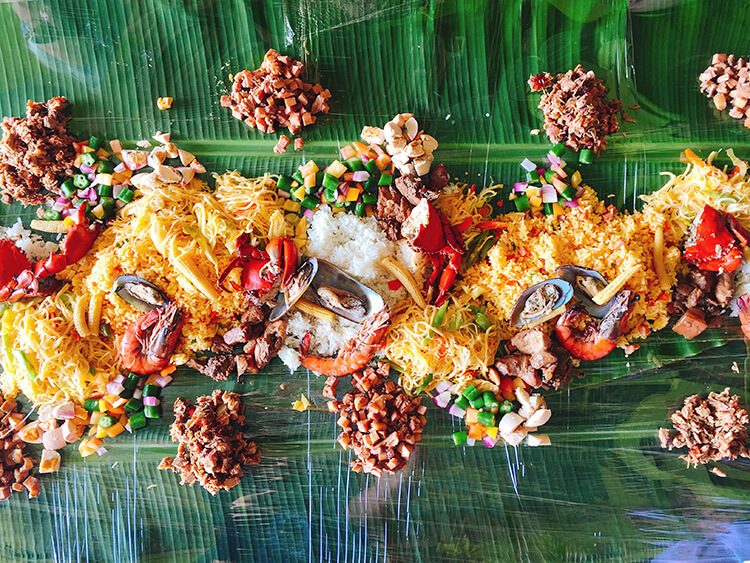By Trish Fontanilla
Our top Instagram posts of 2019 // Created on the Top Nine app using our Instagram posts.
What. A. Year. Next week BOSFilipinos turns 2.5, and 2019 marked our 2nd full calendar year as an organization. Some of our milestones include…
60+ individual profiles about Filipinos / Filipino Americans across our blog and Instagram
6 general meetups around Boston (our next one is February 20th!), including our first ever community pot luck (thank you to everyone that contributed and special shout outs to Hyacinth Empinado and Katie Milliken)
2 community meetups: salsa dancing (thanks to community member Desiree Arevalo) and karaoke (thanks to our events contributor Mark Kcolrehs Cordova)
12 newsletters (one a month, and you can subscribe here)
14 videos filmed for #WordWednesday (thanks to multimedia content contributor Hyacinth Empinado)
20 blog posts (thanks to contributors Bianca Garcia, Reina Adriano, and Helena Berbano)
And we welcomed hundreds of new community members across our newsletter, Instagram, Facebook, and Twitter.
We are so incredibly excited about our 2020, and so thankful for all of our community supporters, whether you attended an event, contributed financially, or shared a tweet, we couldn’t have gotten through this year without you. We have a lot in store for next year, including more eatups, a podcast, and new community events. If there’s something you’d like to do with BOSFilipinos or if there are other ways for us to help, please let us know! You can comment below, email us at info@bosfilipinos.com, or DM us on Instagram or Facebook.
Manigong Bagong Taon (Happy New Year)! And I hope we have the opportunity to see you soon!






















